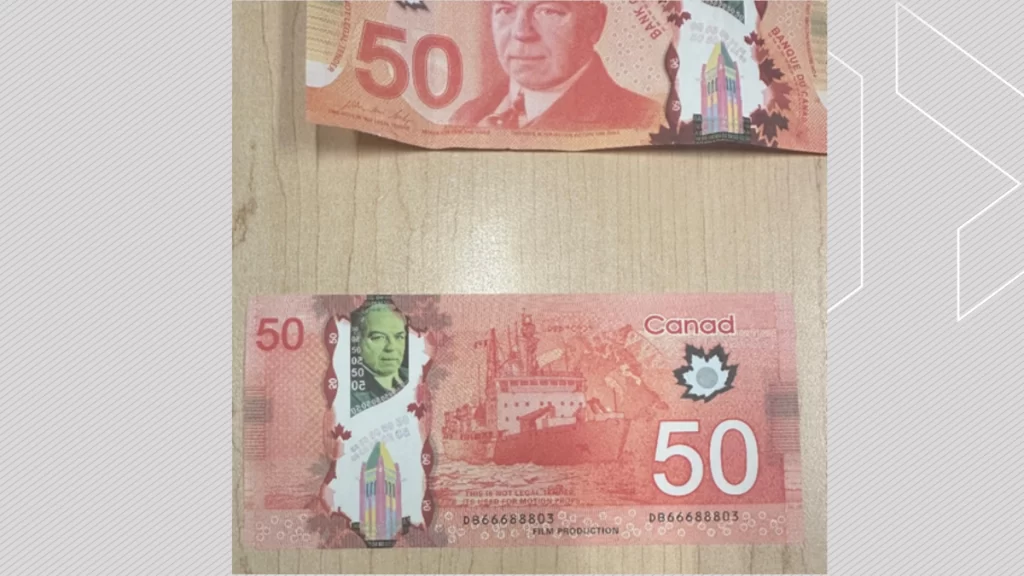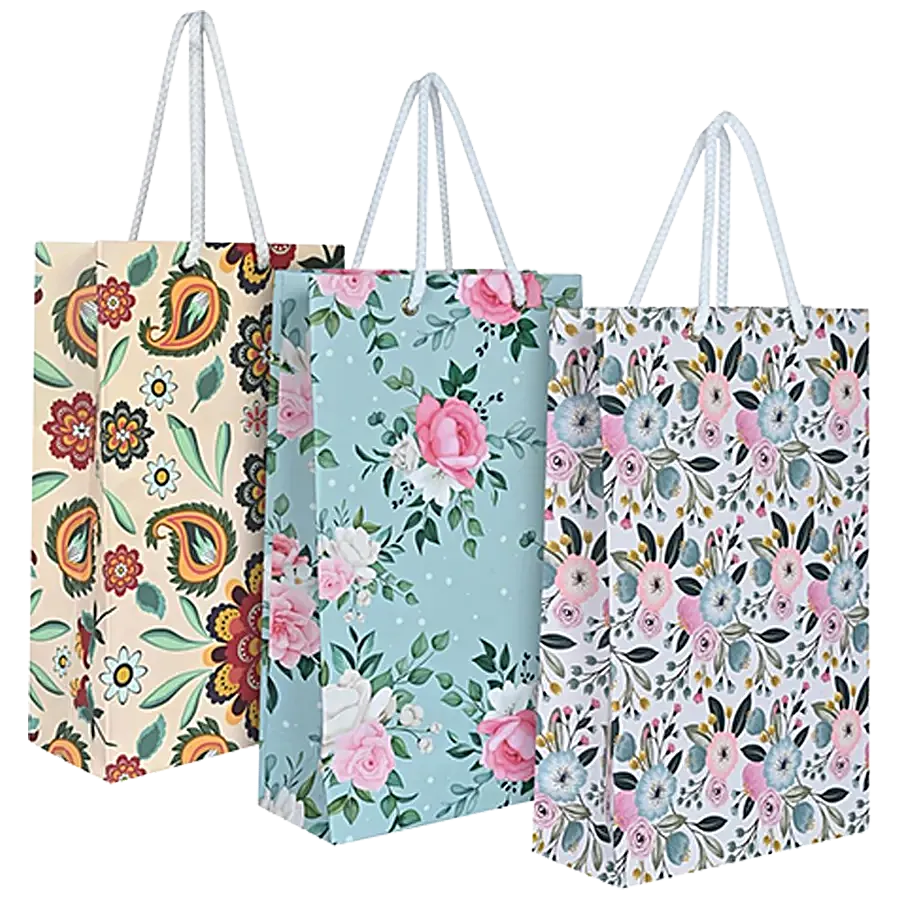The Advantages of Buying Fake Money for Creating Immersive Financial Scenarios
In various industries and educational settings, creating realistic financial scenarios can be crucial for effective learning and planning. One innovative approach to achieving this is by using fake money. While it might seem unconventional at first, incorporating fake money into financial simulations offers a range of benefits that enhance the authenticity and educational value of these scenarios. Here is a look at how using fake money can be advantageous for creating immersive financial experiences.
Enhancing Realism
One of the most significant advantages of using fake money is the enhancement of realism. Whether you are conducting a financial training workshop, simulating a business environment, or engaging in role-playing exercises, having physical currency adds a tangible element to the scenario. This realism helps participants better understand and engage with the financial concepts being taught. Handling fake money allows individuals to experience the physical act of transactions, which can deepen their comprehension of money management and financial decision-making.

Providing Safe Learning Environments
Also, sell fake money creates a safe environment for financial learning and experimentation. In real-world scenarios, mistakes with actual money can have serious consequences. By using fake money, participants can make errors, explore different strategies, and learn from their experiences without any financial risk. This safety net encourages more experimentation and active learning, which can be particularly beneficial in educational settings where understanding financial principles is crucial.
Facilitating Hands-On Practice
Practical experience is often more effective than theoretical knowledge. Fake money enables hands-on practice with financial transactions, budgeting, and financial planning. For example, in a classroom setting, students can use fake currency to simulate buying, selling, and saving, allowing them to apply theoretical knowledge in a practical context. This hands-on practice helps reinforce learning and makes abstract financial concepts more concrete.
Customizable and Cost-Effective
Fake money is highly customizable, which makes it adaptable to various scenarios. It can be produced in different denominations, designs, and even include specific branding or security features to match the context of the simulation. Additionally, using fake money is cost-effective compared to managing actual money. Schools, businesses, and training programs can acquire large quantities of fake currency for a relatively low cost, making it an accessible tool for a wide range of financial simulations.
Encouraging Engagement and Motivation
Using fake money can increase engagement and motivation among participants. The novelty of handling fake currency can make financial simulations more enjoyable and engaging. When participants are actively involved and invested in the simulation, they are more likely to absorb information and apply it effectively. This increased engagement can lead to better outcomes in financial education and training programs.
Creating Realistic Scenarios
In professional settings, fake money can be used to create realistic financial scenarios for practice or assessment purposes. For instance, financial advisors or business managers can use fake money to simulate investment strategies, budgeting exercises, or financial negotiations. This practical approach allows professionals to test their skills and strategies in a controlled environment, which can improve their performance in real-world situations.
Incorporating fake money into financial scenarios offers a range of benefits, from enhancing realism and providing safe learning environments to supporting diverse learning styles and increasing engagement. By leveraging these advantages, educators, businesses, and financial professionals can create more effective and immersive financial simulations, ultimately leading to better understanding and application of financial principles.



 In the realm of emergency services and disaster response, fast and reliable fuel delivery can be life-saving. Fire departments, medical response teams, and law enforcement agencies depend on uninterrupted access to fuel during critical operations. Streamlined fuel delivery ensures that these essential services can operate efficiently, responding swiftly to emergencies without delays caused by fuel shortages. For businesses operating in remote or challenging environments, such as construction sites or mining operations, the importance of reliable fuel delivery cannot be overstated. These sectors rely heavily on heavy machinery and equipment that consume large quantities of fuel. Efficient fuel delivery services guarantee that operations continue uninterrupted, maintaining productivity and meeting project deadlines. Fast and reliable fuel delivery services are indispensable in today’s industrial landscape. They not only optimize operational efficiency and productivity but also enhance safety and environmental stewardship. By leveraging technology and innovative solutions, businesses can streamline their refueling processes, reduce costs, and maintain a competitive edge in their respective industries.
In the realm of emergency services and disaster response, fast and reliable fuel delivery can be life-saving. Fire departments, medical response teams, and law enforcement agencies depend on uninterrupted access to fuel during critical operations. Streamlined fuel delivery ensures that these essential services can operate efficiently, responding swiftly to emergencies without delays caused by fuel shortages. For businesses operating in remote or challenging environments, such as construction sites or mining operations, the importance of reliable fuel delivery cannot be overstated. These sectors rely heavily on heavy machinery and equipment that consume large quantities of fuel. Efficient fuel delivery services guarantee that operations continue uninterrupted, maintaining productivity and meeting project deadlines. Fast and reliable fuel delivery services are indispensable in today’s industrial landscape. They not only optimize operational efficiency and productivity but also enhance safety and environmental stewardship. By leveraging technology and innovative solutions, businesses can streamline their refueling processes, reduce costs, and maintain a competitive edge in their respective industries.